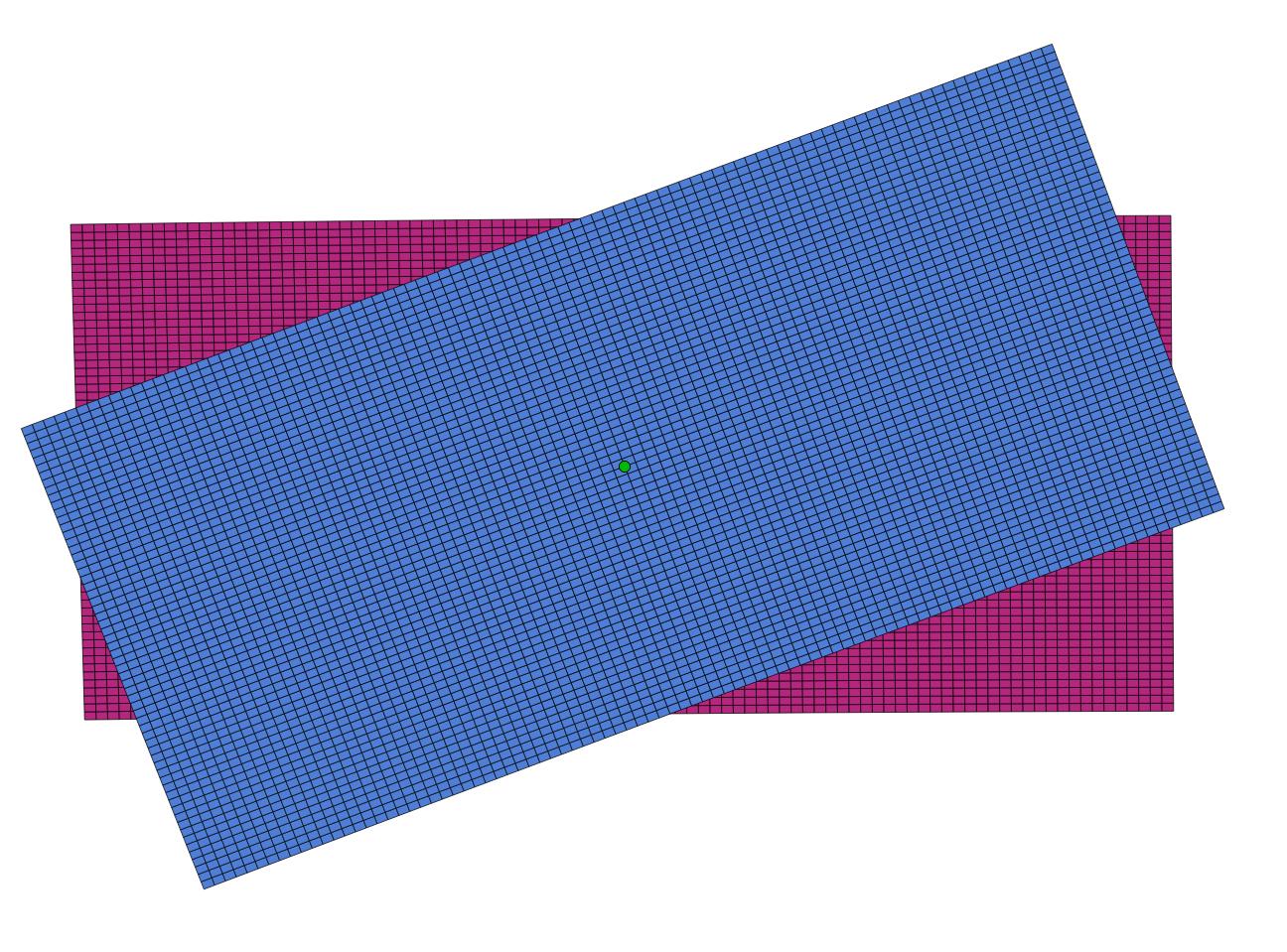I have a set of data in a Postgres database. Originally the data was point data that I converted to polygons with makegrid_2d from this post. Now I want to be able to rotate the polygons (around each polygons centroid). I tried to do it with several methods hence the result is the same as if I just rotate the features (separately) in QGIS like the ones down to the left:
I end up with new polygons overlapping and not covering the entire area.
Any suggestions on how to improve it?
EDIT1: I release that I wasn't clear on what I wanted, I want to skew the polygons. Meaning that I want to change the polygons instead of having borders pointing (0-180deg resp 90-270deg) I want to "tilt" the polygon so its borders are pointing 20-200 resp 110-290deg. Does it make any sense?
I used st_astext(ST_Rotate(polygon,radians(20),ST_Centroid(ST_GeomFromText(ST_AsText(polygon))))) to rotate the polygons in the image.




